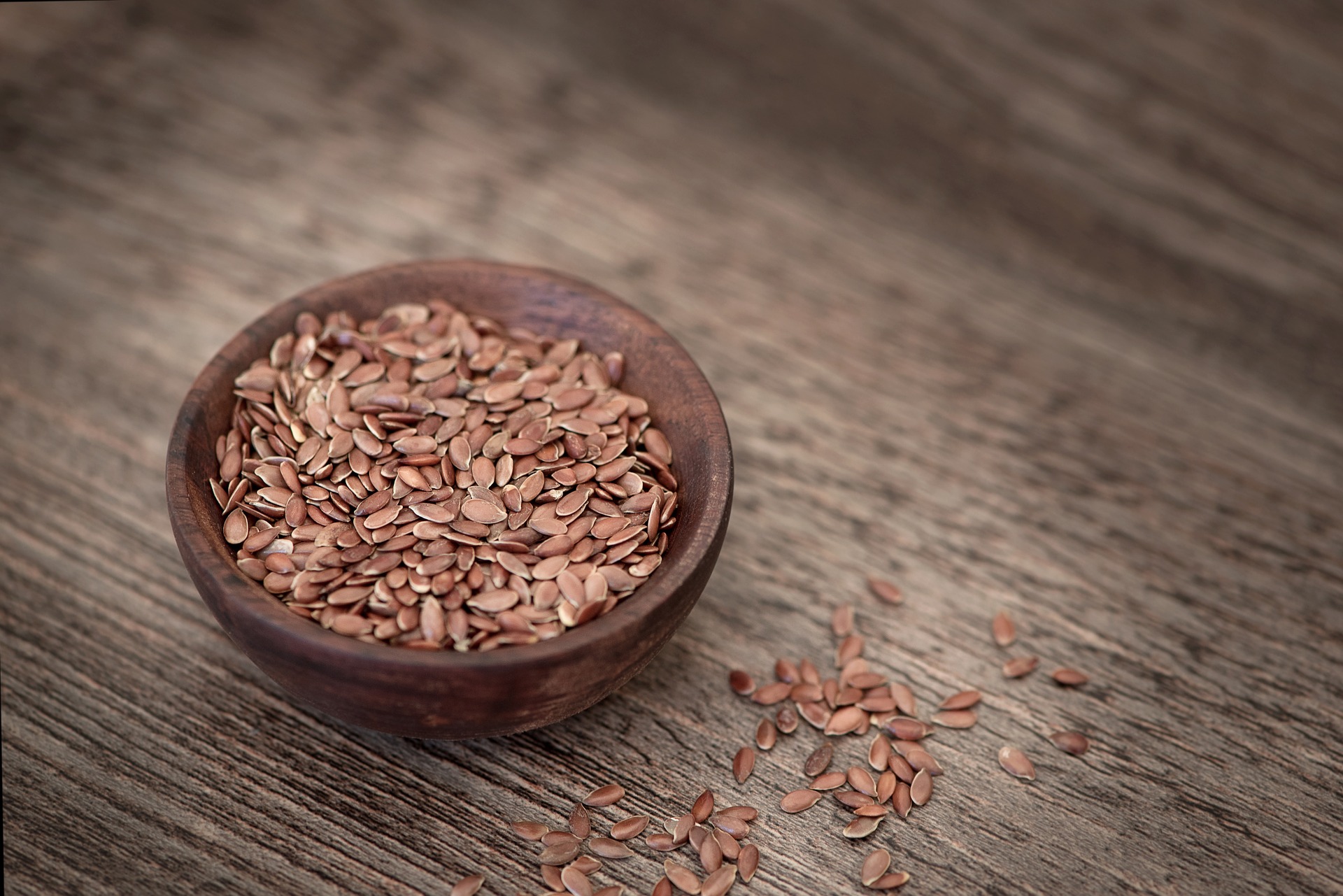In this article, you will learn how to grow Billy Button Seeds. They are the perfect choice for garden borders and they look fantastic in a vase as well. This little gem comes from Australia and happens to be part of the daisy family. These yellow flowers bloom all year round, and depending on the variety, can grow up to 24 inches tall.
How Do You Grow This Plant?
Propagation and Planting
You can either propagate them from divisions or from seeds. Propagating them from seeds is simple and quick to do. It is best to sow in summer or spring. Sprinkle the Billy Button Seeds onto the soil, then gently rake the soil in order to cover up the seeds. Germination will take place within 1-3 weeks of sowing.
When the seedlings are ready, it is time to dig small holes with the same depth and double the width of the ball of the roots to plant them in. Each seedling needs to be between 8 and 10 inches apart.
The Position of Planting
When you want to grow Billy Buttons, you should choose a place that is open, warm and gets full sun.
The Requirements For Growing These Plants
Billy Buttons need the full sun in order to flourish. Choose a place where they will get at least 6 hours of full sun each day. The sun is what makes the plant bloom well. They grow in all types of soil, with the exception of Adriatic soil, but the best is to grow them in well-drained and light soil. Craspedia should be watered when you feel that the top inch of soil is dry.
Caring For Craspedia Plants
These plants are rather low-maintenance and do not normally need much special attention. Growing these types of plants does not require the use of extra fertilizer, but you can give them fertilizer at the beginning of the growing season. It is best to use 7-12-7 slow-releasing fertilizer. What is recommended is that you use aged manure or compost when planting. Billy Buttons prefer to be covered in gravel and straw mulch to keep their roots cool. These plants rarely get attacked by pests and they are resistant to disease.
Uses of The Billy Button Plant
They are often seen in window boxes or around the borders of gardens. They can also be used as part of a decorative bouquet and alone in vases.


